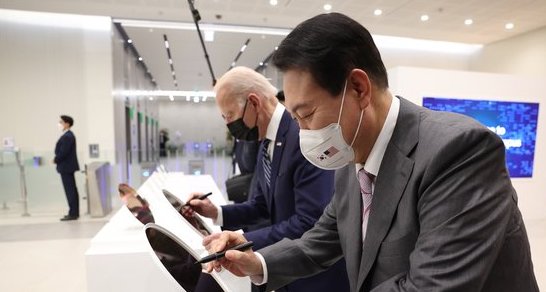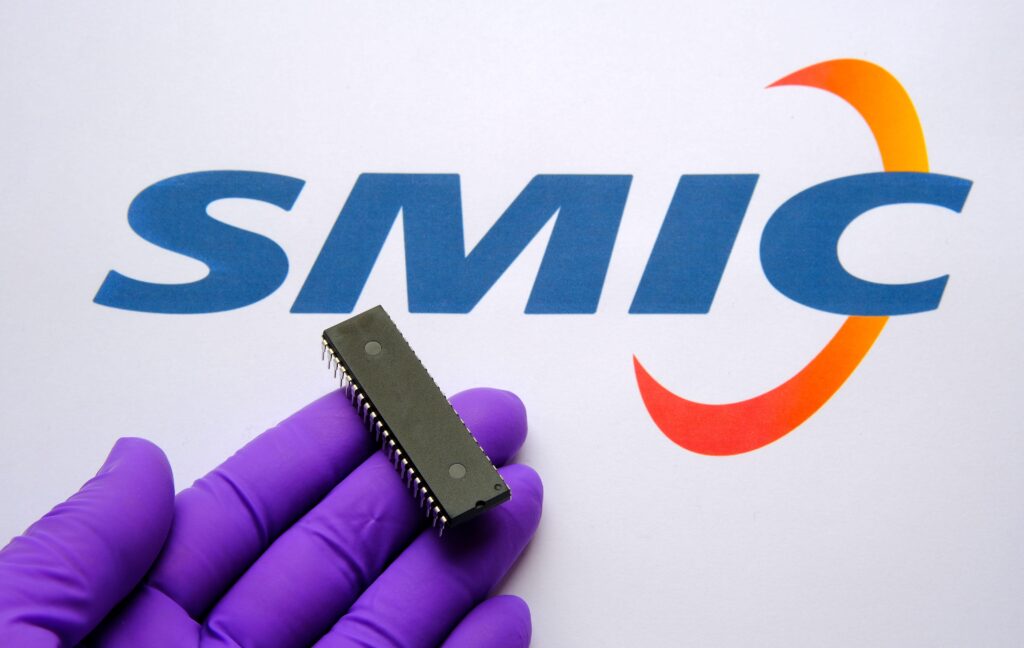
Washington(Reuters)China’s semiconductor industry is attempting a semiconductor independence policy through strong U.S. sanctions as the construction of a new factory is the largest in the world.
The United States excluded China.While pushing for Chip 4, a semiconductor supply chain alliance between the U.S., Japan, and Taiwan, it has been speeding up its passage of China’s semiconductor law to check, and China has also been immersed in its semiconductor independence policy.
According to the International Semiconductor Equipment and Materials Association (SEMI), China plans to build 31 major semiconductor production plants (Fabs) between 2021 and 2024. It is the largest in the world, surpassing Taiwan (19 places) and the U.S. (12 places) during the same period.
SEMI explained that China is rapidly expanding its semiconductor production facilities amid a global shortage of semiconductor supplies.

(Source from Reuters/Alamy) What should be noted is that China is focusing on expanding its capacity to produce old mid- to low-end semiconductors, not on cutting-edge process technologies that are less than 7 nanometers (1 billionth of a meter).However, Samsung Electronics held a 3nm (nanometer, 1 billionth of a meter) foundry (semiconductor consignment production) shipment ceremony at the V1 Line of Hwaseong Campus in Gyeonggi Province on the 25th.

Samsung Electronics is the first company in the world to mass-produce 3-nano process using GAA technology.
As high-tech semiconductor chip manufacturing technology lags far behind Korea, Taiwan, and the U.S., it can be seen as a strategy to dominate related demand by increasing mid- to low-end technology capabilities.
China is aiming for microcontroller units (MCUs), which are key semiconductors that control automobile electronic systems, and power supply semiconductors that are widely used in automobiles, smartphones, and other electronic products. “A large number of electronics do not require high-end chips,” it said.China’s attitude seems to be related to the fact that global semiconductor companies such as Taiwan’s TSMC, the world’s largest foundry company, do not invest much in mid- to low-end semiconductor production while focusing on cutting-edge processes.TSMC recently said that state-of-the-art semiconductor products with 7-nano or lower processes accounted for more than half of sales in the second quarter, and that it will continue to focus on high-tech semiconductor sales.
China has dug into this void.IBS, an IT industry consulting firm, predicted that demand for outdated 28-nano process semiconductors will more than triple to 28.1 billion dollars by 2030.It is also expected that 40% of 28nachips will be produced in China by 2025. As of 2021, China’s market share in global 28-nano semiconductor production was estimated to be 15%.If the United States and its allies do not seem to be investing enough in old semiconductor technology, then China will take up more supply chains in this sector. The U.S. Semiconductor Development Act, which has been drifting amid differences between the U.S. Senate and the House of Representatives, is speeding up its decision to legislate by separately separating 52 billion dollars (about 68.2 trillion won) of aid.If the law is passed, it could serve as an opportunity for the U.S. to foster its state-of-the-art semiconductor industry, but I think there is no way to check China, which expands its old chip production capacity.As tensions between the U.S. and China have risen since former President Donald Trump, China has been making every effort to reduce its dependence on semiconductor chips.According to IBS, China produced only 13% of semiconductors needed for its own country in 2017, but the proportion of its own production has increased to 26% this year.China aims to increase its share of self-produced semiconductors to more than two-thirds by 2025.China is investing more than $50 billion (about 65.6 trillion won) in semiconductor projects at the central government level, and separately, local governments are raising similar semiconductor investment funds. China is also giving various tax benefits to semiconductor companies.

(Source from Reuters/Alamy)SMIC, a major Chinese semiconductor company, is investing $8.9 billion (about 11.7 trillion won) to build a 28-nano semiconductor production plant in Shanghai with local governments. SMIC is not sparing money on purchasing semiconductor production equipment.The Biden administration is sanctioning and pressuring equipment sales in this move, and in fact, most of the core semiconductor technologies are also patent technologies in the United States.
MIKE CHOI
ASIA JOURNAL

